A hospital in London dating back to the 1750s with an interesting history. Home to the Elephant Man for a time, the hospital has now moved to new premises.
Construction of the first buildings of the Royal London Hospital began in 1752 and was partially opened in 1757. But the interesting history of the hospital spans back twelve years earlier, when seven men met in the Feathers Tavern in Cheapside, London to found what was originally named The London Infirmary. Intended for the sick poor among ‘the merchant seaman and manufacturing classes’, the hospital, renamed to London Hospital in 1748, treated its first patients in a house in Featherstone Street, Moorfields.
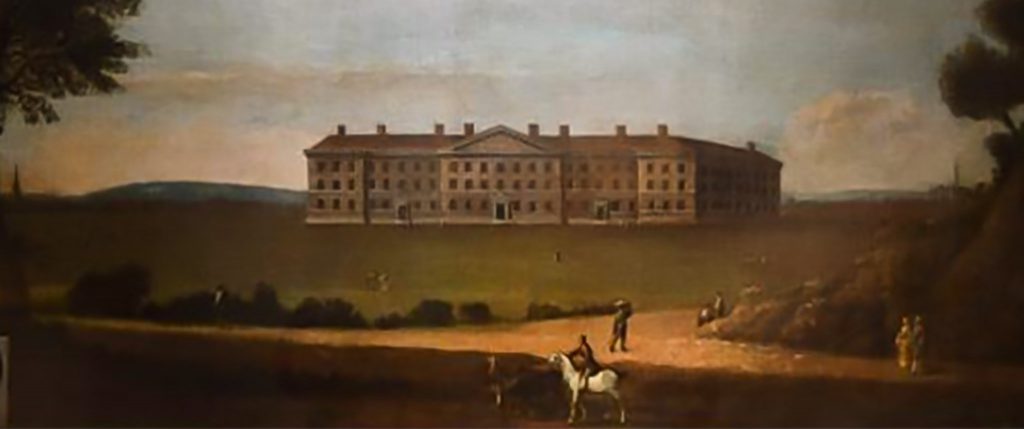
The hospital operated on a voluntary basis, where patients were not charged for treatment and their care was funded charitably from annual subscription fees. Funds were gradually accumulated until a purpose built hospital could be opened in Whitechapel Road.
The London Hospital was steadily expanded over the years, including the addition of The London Hospital Medical College, the first such medical training facility in the UK. A bell was installed in the entrance of the hospital – before the introduction of anaesthetics in 1846, it is reputed to have summoned attendants to hold surgical patients still.
The hospital played a central role during both World Wars in treatment of the wounded and organisation of medical services to the north and east of London. Heavy damage was sustained during and after the Blitz and the hospital struggled with finances for years after, having incurred large debts during the wars. It wasn’t until 1950s, after the hospital became part of the NHS in 1948, that the damage could be repaired.
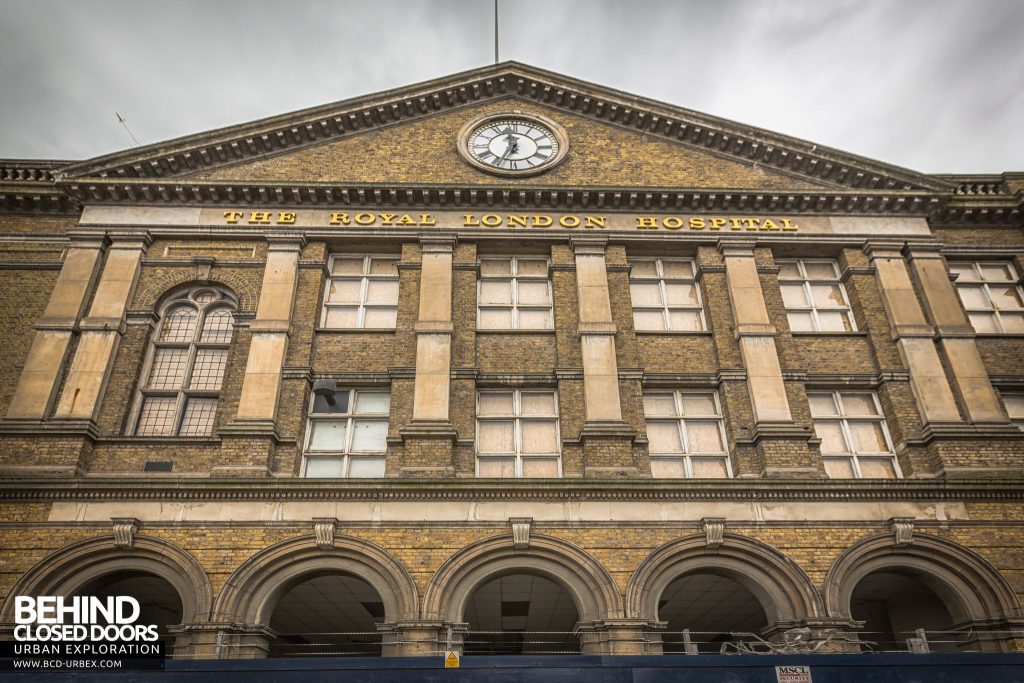
In 1990, celebrating its 250th anniversary, the hospital was awarded the title ‘Royal London Hospital’ and became the first NHS Trust, allowing it to regain some self-governance. The Air Ambulance was by this time operating from the hospital, and later became the first of such to carry a doctor on-board.
By the turn of the 21st century the old hospital buildings were becoming gradually less suitable for the delivery of modern clinical services. Plans for a new hospital began, and construction of the current Royal London building was completed in 2012. All patients and services were transferred and the old building now forms part of the Whitechapel area redevelopment plan.
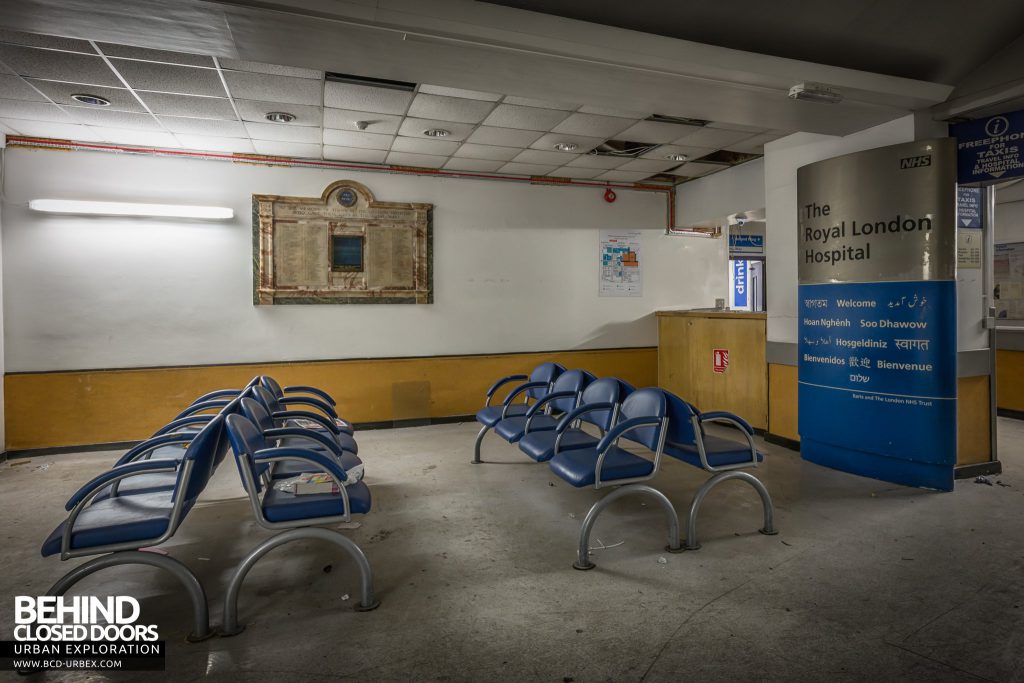
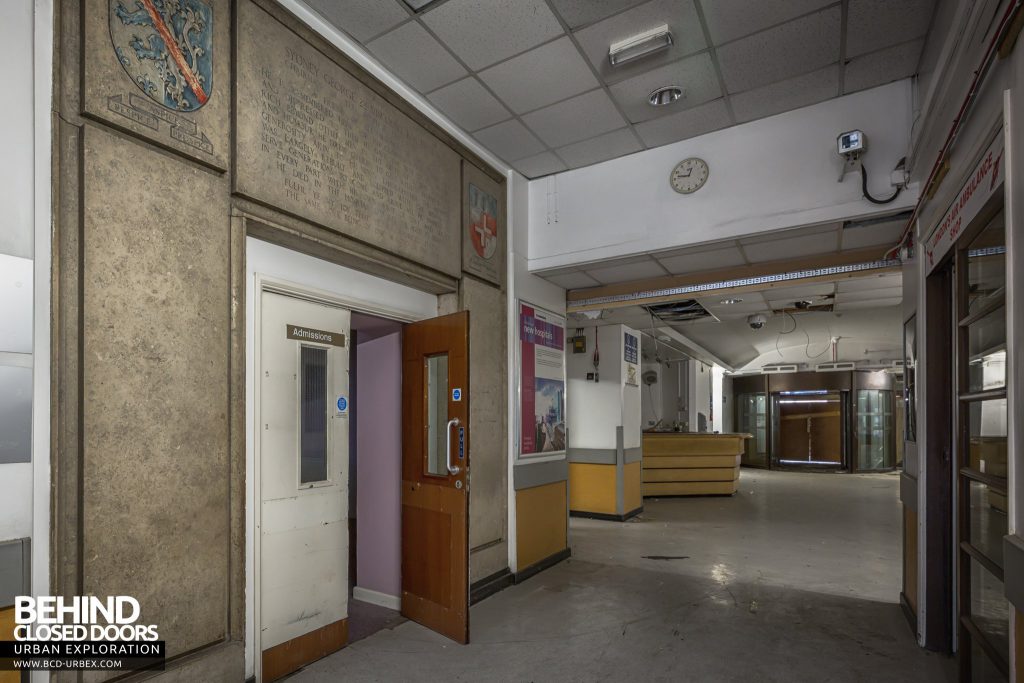
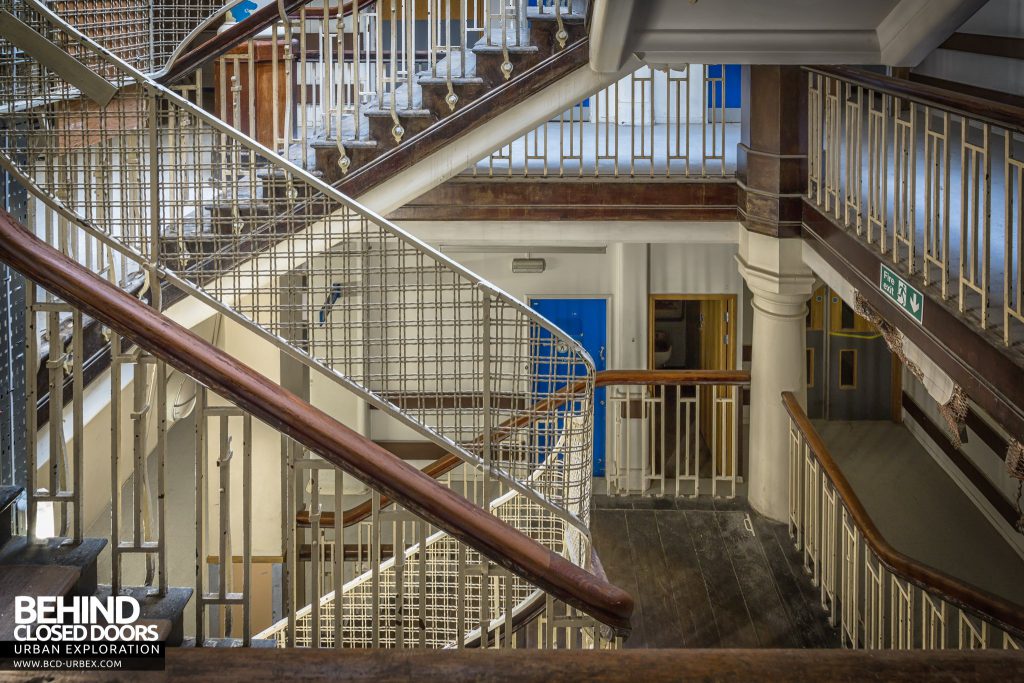
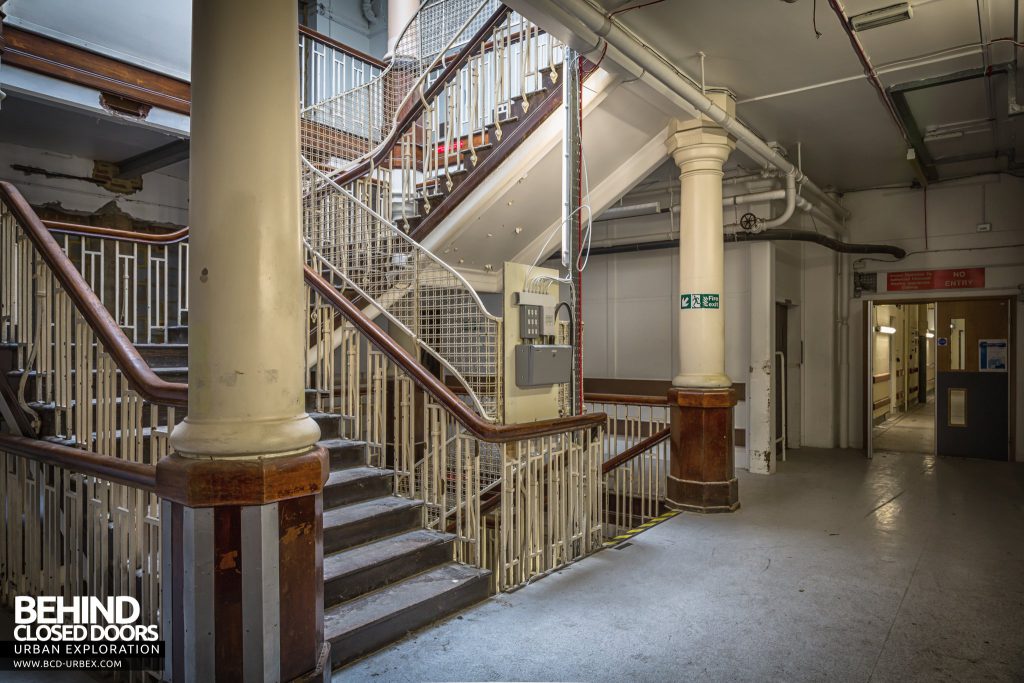
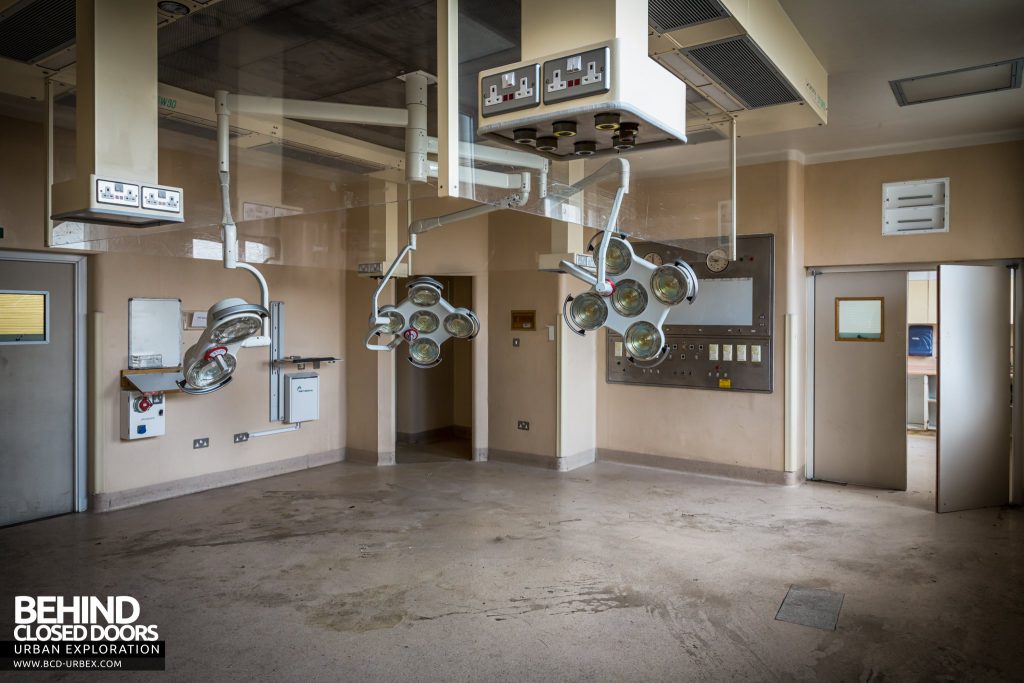
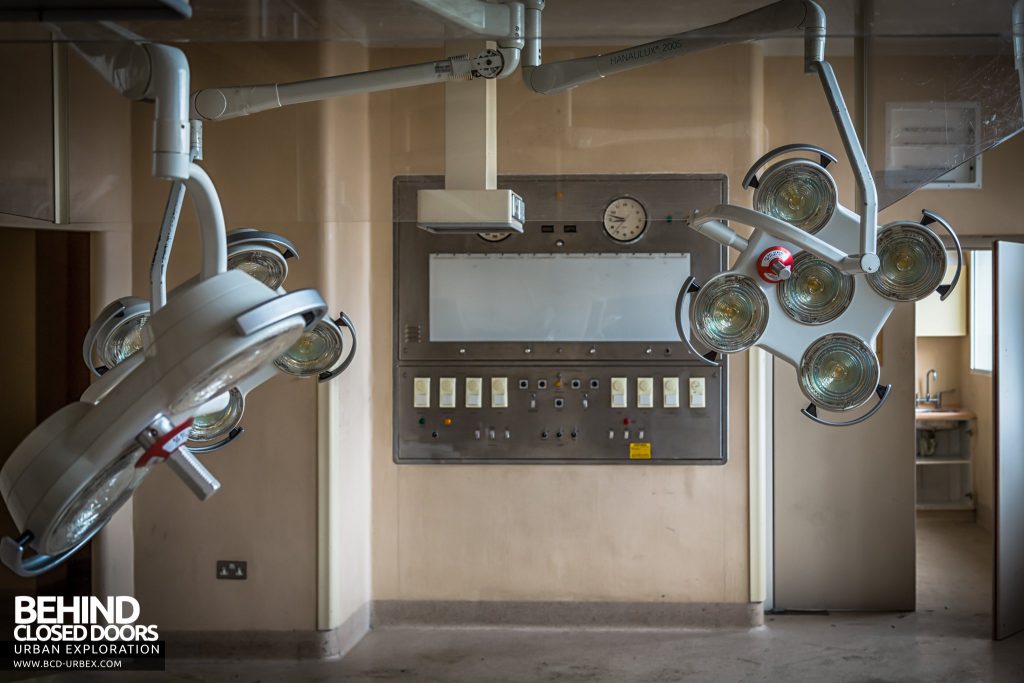
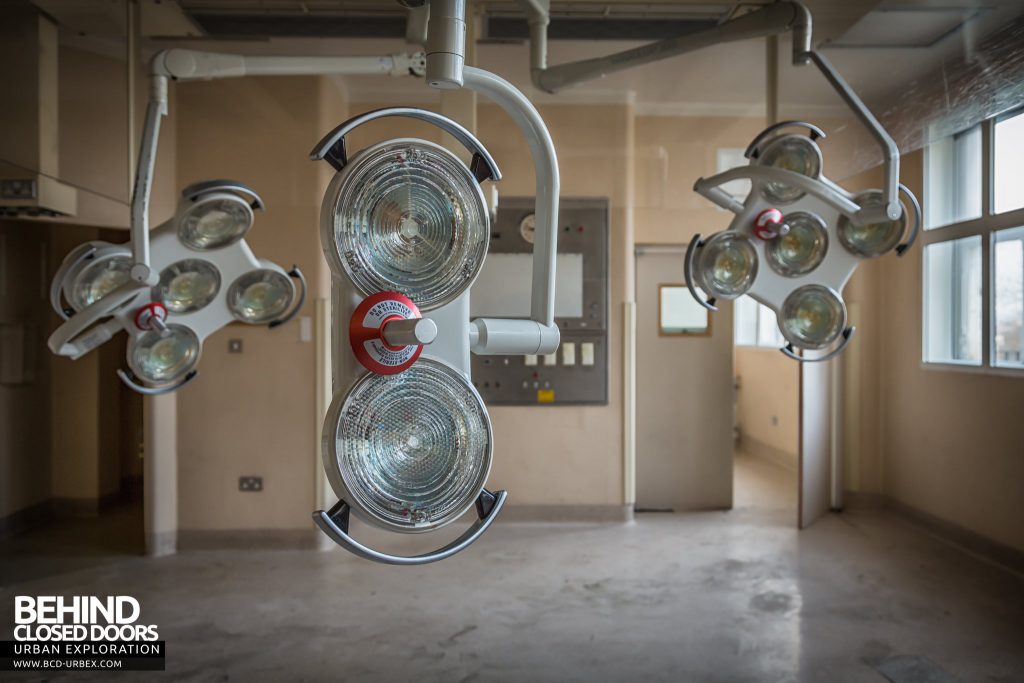
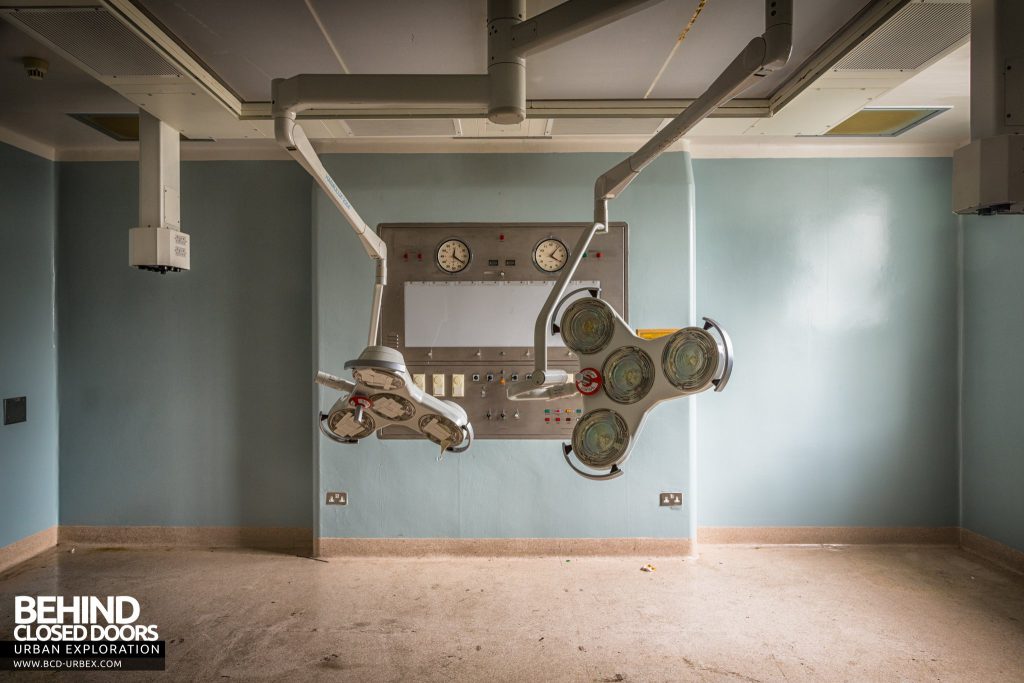
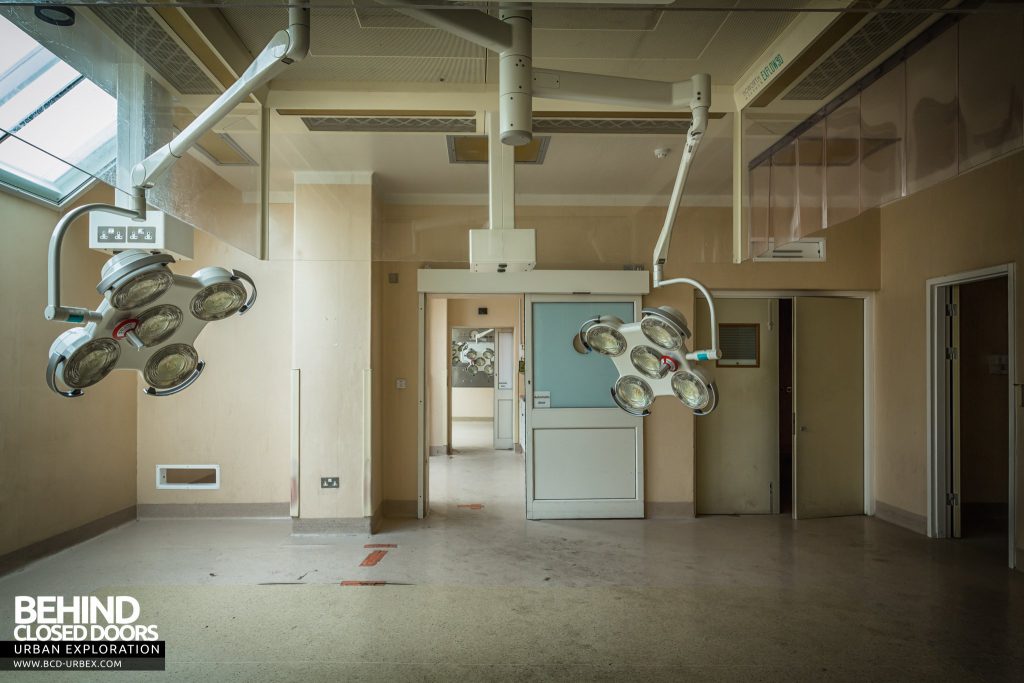
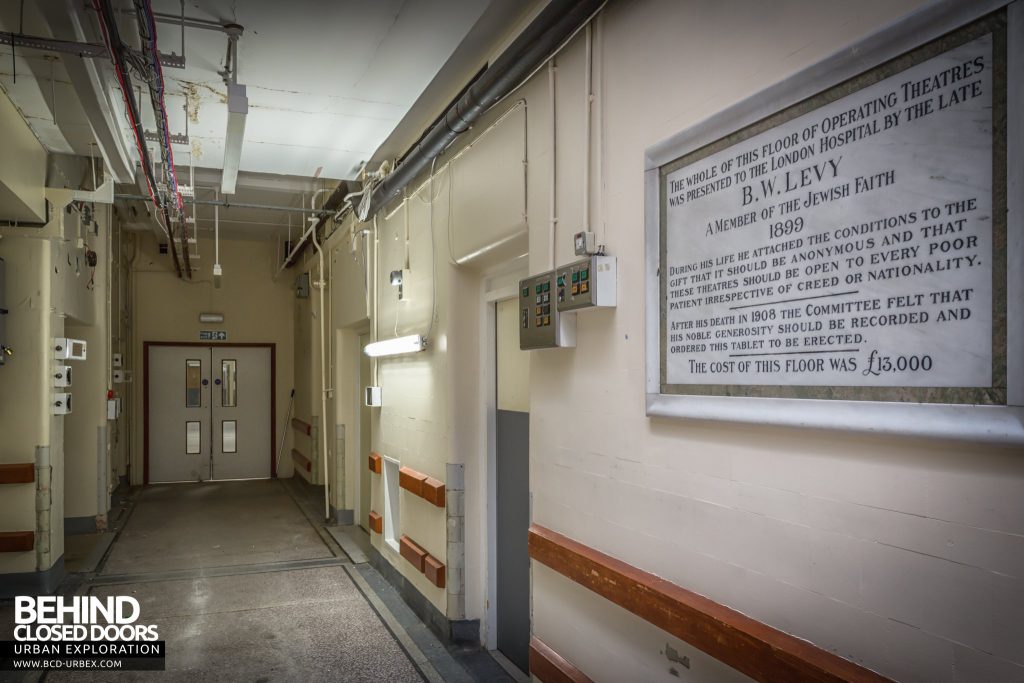
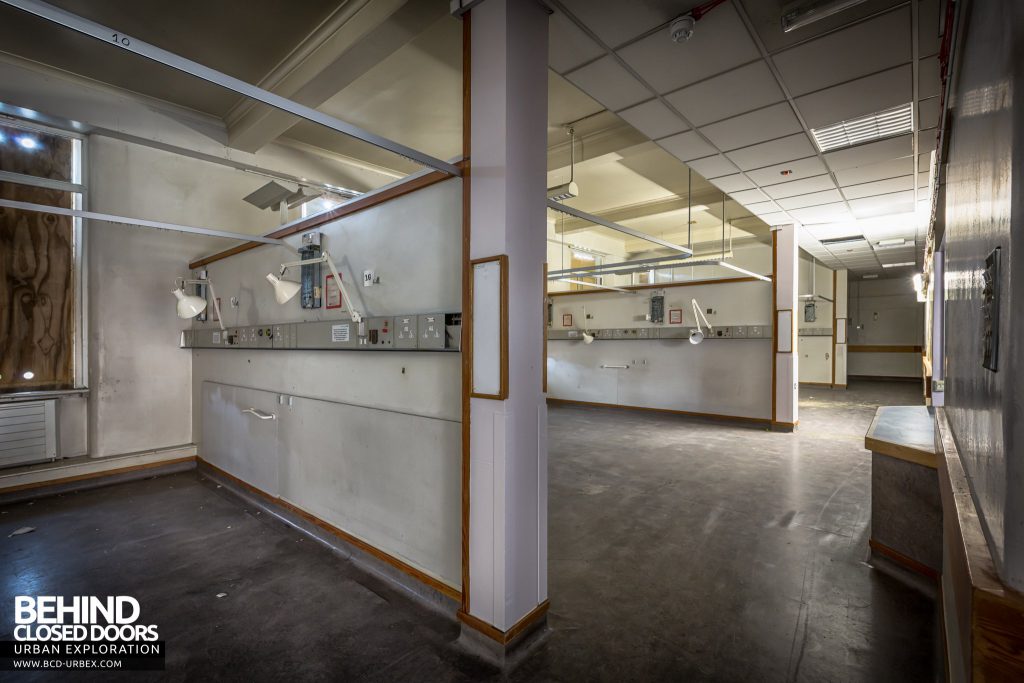
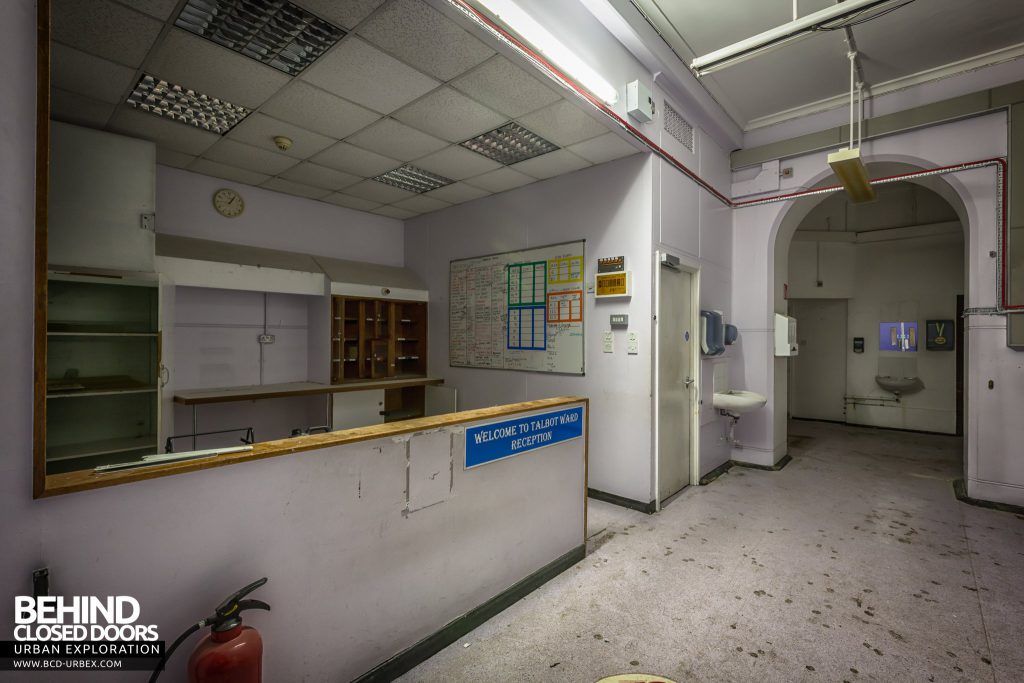
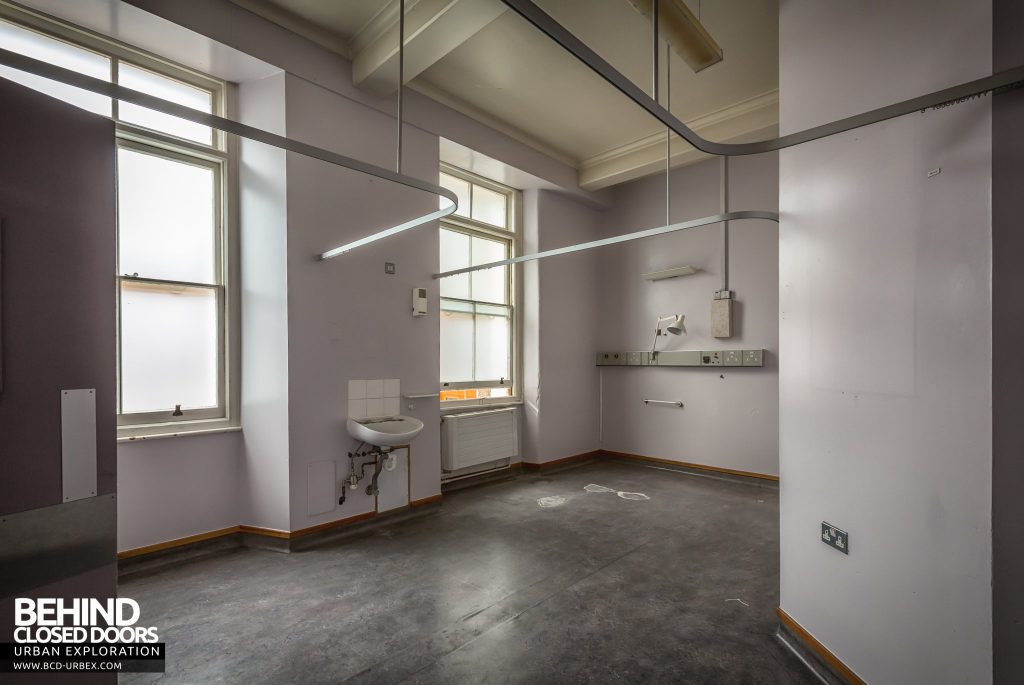
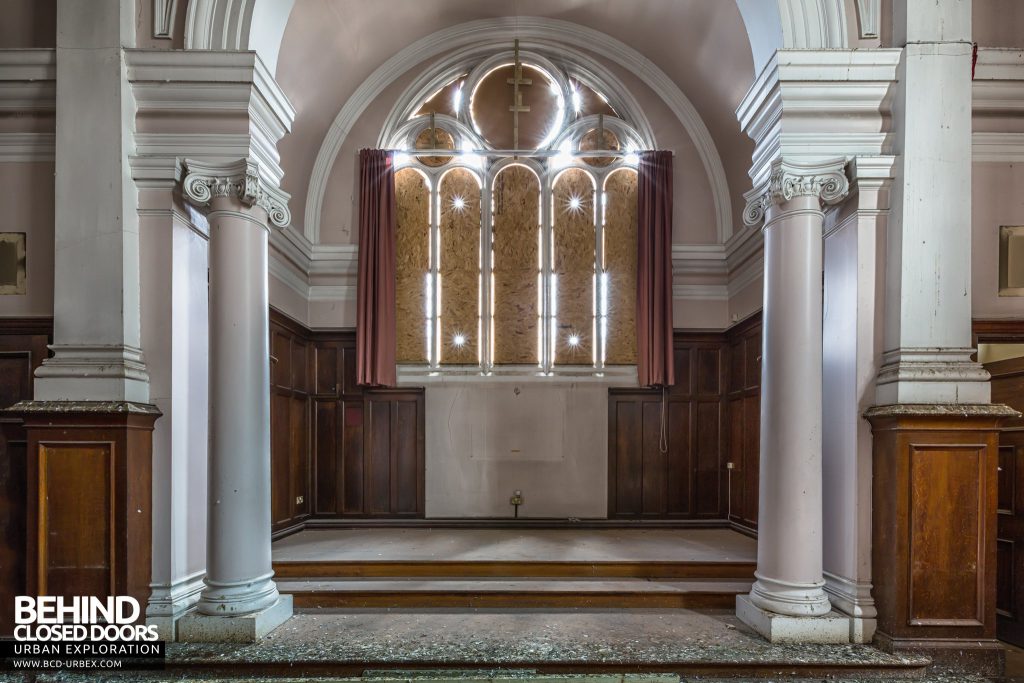




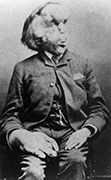 Interesting Fact – The Elephant Man
Interesting Fact – The Elephant Man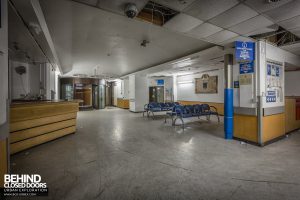
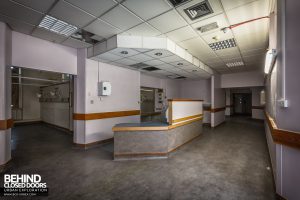
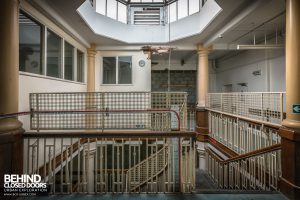
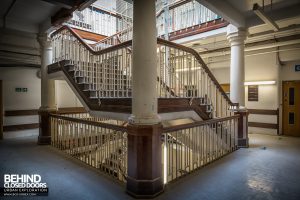
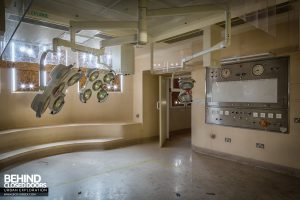
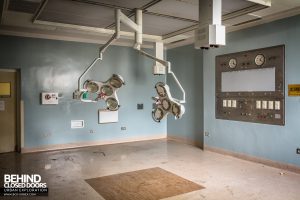
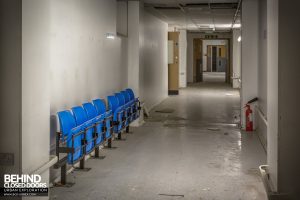
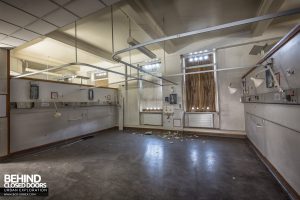
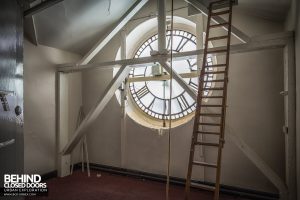
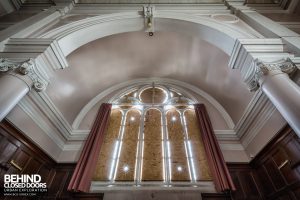





So awesome. Those theatres are immense. I live 5 minutes away from RLH and always wonder how to get in/security. Let me know if you have any pointers
I had plastic surgery on my hands here ate The Royal London (Whitechapel) when I was a young child (1980s until the 90s) and seeing these photo’s brought back many memories.
Thank you for sharing.